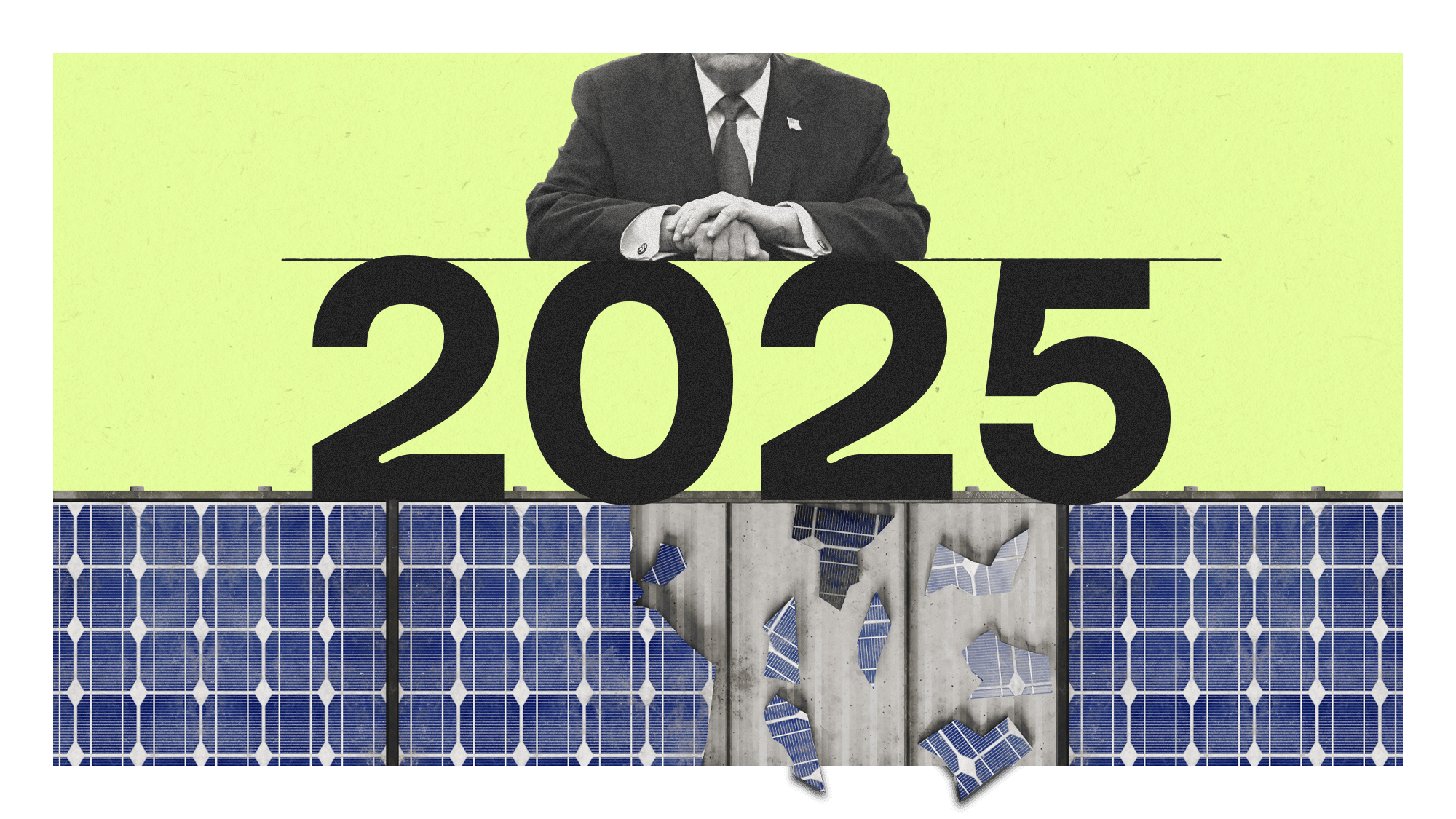This is an early access version, the complete PDF, HTML, and XML versions will be available soon.
Open AccessArticle
Deutscher Wetterdienst, Research Centre Human Biometeorology, 79104 Freiburg, Germany
Environments 2025, 12(1), 13; https://doi.org/10.3390/environments12010013 (registering DOI)
Submission received: 15 November 2024
/
Revised: 23 December 2024
/
Accepted: 1 January 2025
/
Published: 4 January 2025
Abstract
Given the persistently high incidence of skin cancer, there is a need for prevention-focused information on the impact of long-term changes in ambient solar ultraviolet radiation (UVR) on human personal radiation exposure. The exposure categories of the UV Index linked to protection recommendations show long-term shifts in the frequency of occurrence with regional differences in direction and magnitude. The patterns of change for sites in the humid continental climate differ from those for sites in other climate zones such as the humid temperate or Mediterranean climate. The diversity of the individual exposures of indoor and outdoor workers can be described using probability models for personal erythema-effective UVR dose (UVD). For people who work indoors, the largest share of the total individual annual UVD is due to vacation, whereas for people who work outdoors, it is occupational exposure. The change in ambient UVDs at the residential locations is only partially reflected in the individual UVDs. For eight selected European sites between 38° and 60° northern latitude, the median of the individual annual total UVD (excluding travel) during the period 2009–2019 is 0.2 to 2.0% higher for indoor workers and 0.6 to 3.2% higher for outdoor workers compared to the period 1983–2008. Changes in the choice of an exemplary holiday destination offer both indoor and outdoor workers the potential to compensate for the observed long-term trend at their place of residence and work.
Share and Cite
MDPI and ACS Style
Laschewski, G.
Impact of Long-Term Changes in Ambient Erythema-Effective UV Radiation on the Personal Exposure of Indoor and Outdoor Workers—Case Study at Selected Sites in Europe. Environments 2025, 12, 13.
https://doi.org/10.3390/environments12010013
Laschewski G.
Impact of Long-Term Changes in Ambient Erythema-Effective UV Radiation on the Personal Exposure of Indoor and Outdoor Workers—Case Study at Selected Sites in Europe. Environments. 2025; 12(1):13.
https://doi.org/10.3390/environments12010013
Chicago/Turabian Style
Laschewski, Gudrun.
2025. “Impact of Long-Term Changes in Ambient Erythema-Effective UV Radiation on the Personal Exposure of Indoor and Outdoor Workers—Case Study at Selected Sites in Europe” Environments 12, no. 1: 13.
https://doi.org/10.3390/environments12010013
APA Style
Laschewski, G.
(2025). Impact of Long-Term Changes in Ambient Erythema-Effective UV Radiation on the Personal Exposure of Indoor and Outdoor Workers—Case Study at Selected Sites in Europe. Environments, 12(1), 13.
https://doi.org/10.3390/environments12010013
Article Metrics
Article metric data becomes available approximately 24 hours after publication online.
Source link
Gudrun Laschewski www.mdpi.com




